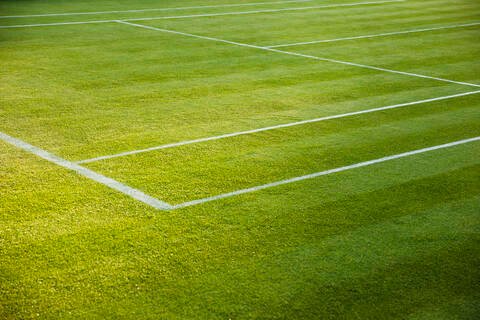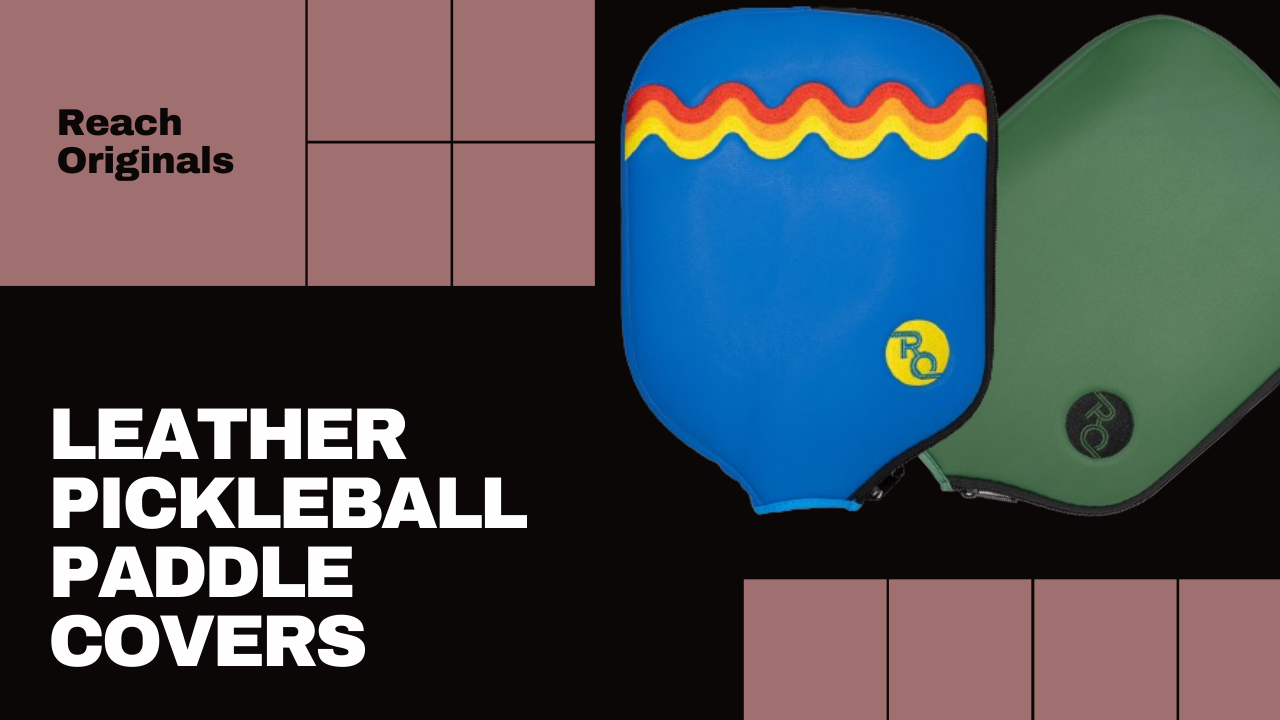Pickleball’s easy-to-learn and inclusive gameplay has made it a popular sport in recent years, attracting players of all ages. While typically played on dedicated courts, enthusiasts often consider the possibility of playing pickleball on unconventional surfaces, such as grass. But, can you play pickleball on grass?
In this article, we will explore the challenges and strategies associated with playing pickleball on grass. We will also explore the nuances that come with the ter
Can you play pickleball on grass?
Yes, you can!
For those who want to enjoy the game outdoors in a more natural setting, the idea of playing Pickleball on grass may seem appealing. However, this begs the question as to whether or not pickleball can really be played on grass court.
The answer is yes, but there are some caveats to consider. Playing on grass introduces a number of challenges that can significantly change the dynamic of the game.
Why is playing pickleball on grass challenging?
There are several factors that contribute to the challenges of playing pickleball on grass court. An understanding of these challenges is essential for players to be able to adjust their game and strategy accordingly.
Uneven grass
Grass is often uneven and can be challenging for players, unlike the smooth and consistent surface of dedicated pickleball courts. Players must constantly adjust their positioning and footwork because the uneven surface makes it difficult to predict the movement of the ball.
Less bounce
Grass has a tendency to absorb the impact of the ball, resulting in less bounce than hard court surfaces. This reduced bounce affects the speed and trajectory of the ball, making it more difficult for players to execute accurate shots and to anticipate the moves of their opponents.
Slower bounce
The slower bounce of grass can change the pace of play in addition to the reduced bounce. Players may find it difficult to adjust to the slower pace of play on grass if they are used to the fast and dynamic exchanges on traditional courts.
Court lines are hard to see
Another obstacle that players face on a grass court is the difficulty in seeing the court lines. In contrast to the vibrant lines on a dedicated pickleball court, the lines on a grass court can be less visible, which can lead to potential disputes and affect the accuracy of shots.
Can you play pickleball on artificial grass?
Some players may wonder if artificial turf is a more affordable alternative to natural grass, which presents its own set of challenges. Compared to natural grass, artificial turf can alleviate some of the challenges associated with uneven terrain and reduced bounce by providing a more consistent playing surface.
However, it is important for players to be aware that artificial turf may not be able to completely replicate the conditions of a traditional pickleball court. Before deciding to play pickleball on an artificial surface, it is important to consider the specific characteristics of the surface, such as texture and bounce.
What are the best pickleball shoes for playing on grass?

Proper footwear selection is critical for any sport, and grass pickleball is no exception. The ideal pickleball shoes for playing pickleball on grass should provide enough traction to navigate the uneven surface. They should also provide stability and support.
To preserve the integrity of the grass surface, look for shoes with non-marking soles. In addition, shoes made with durable and breathable materials can improve the overall comfort of playing on grass for extended periods of time.
What are the best pickleball strategies for playing on grass?
The key to overcoming the challenges of playing pickleball on grass is to adjust your strategy. Here are a few effective strategies to help you improve your performance on a grass court:
Focus on precision over power
The bounce is reduced and the pace is slower on grass. You need to be precise with your shots. Aim for accurate placement of your shots rather than relying solely on power to score points.
Improve agility and footwork
Increased agility and quick footwork are required due to the uneven nature of the turf. Practice lateral movement. Be prepared to adjust your positioning to accommodate the uneven terrain.
Serve strategically
Take advantage of your opponent’s weaknesses with a strategic serve. Experiment with different serves to take advantage of your opponent’s weaknesses. Be aware of how the grass surface affects the ball’s trajectory.
Stay low and maintain balance
Lower your center of gravity to help you maintain your balance on an uneven surface. By staying low, you can react more quickly and have more control over your movements.
Anticipate the ball’s behavior
Familiarize yourself with the way the ball reacts to the surface of the grass. You will be able to anticipate the movement of the ball and make more informed decisions during the game if you understand the unique characteristics of grass.
Conclusion
Can you play pickleball on grass? Pickleball on grass presents unique challenges such as uneven terrain, less bounce, slower pace, and fewer visible court boundaries. In spite of these obstacles, it provides players with an opportunity to hone their skills and increase their versatility.
Adaptability and strategic adjustments are key, whether on natural or artificial turf. The key to success is choosing the right shoes and emphasizing precision, agility, and strategic serving. Essentially, Grass Pickleball adds a new dimension to the game, inviting players to explore and master.
Did this article have the answer to your question? Leave a comment below!



